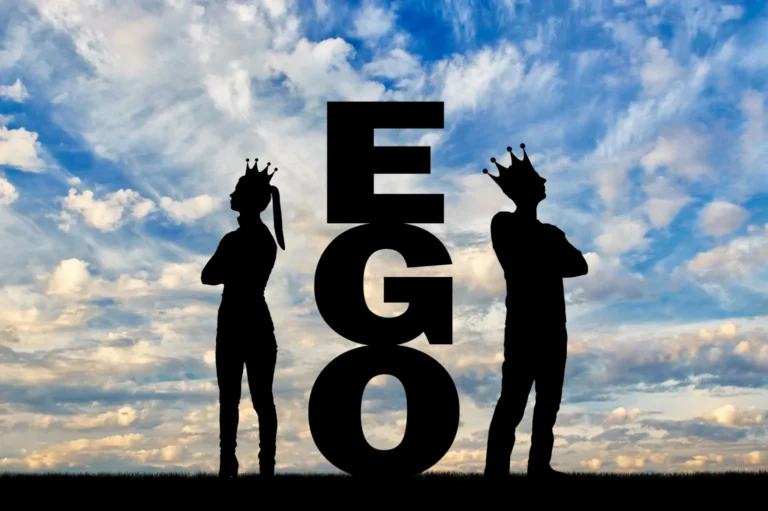In much of Western culture we’re encouraged to “be ourselves” at all costs. We learn to curate likes and dislikes, to defend our preferences, and to assume that more ego is always better. Yet our attachment to a rigid sense of “me” can also narrow our options for growth. Understanding ego strength—our capacity to regulate impulses, tolerate frustration, and stay integrated under stress—offers a more balanced route to becoming fully human.
What we mean by “ego”
Here, “ego” isn’t vanity. It’s the organizing part of the mind that helps us manage reality, relationships, and inner life. Healthy ego strength stabilizes us enough to learn, work, love, and change. Too little, and life feels overwhelming; too much rigidity, and we can’t adapt or connect.
From dependence to interdependence: a developmental arc
At birth we’re physically separate from our caregivers but entirely dependent on them. A sense of self emerges gradually. In childhood the ego is still fragile and easily shaken by stress. Adolescence, ideally, brings a pivotal shift: we test boundaries, take responsibility, and begin to stand on our own feet. With support, we enter adulthood as independent people who can choose commitments and carry their consequences.
When the arc is disrupted
Illness, bereavement, neglect, or abuse can derail this journey. Adults who missed key supports may struggle to trust themselves, avoid responsibility, or lean excessively on others to meet emotional needs. Therapy often begins with shoring up ego strength so that change is possible and sustainable.
Why building ego strength matters
Strengthening the ego doesn’t mean building a wall; it means developing flexibility. Practical tools include evidence-based psychological skills, body-based awareness, and consistent self-care. Mindfulness practices, for example, can improve attention regulation and emotional balance (see More Positive Evidence on Mindfulness). If you’re new to practice, try this clear, five-minute starter routine: How to Meditate – a Simple Meditation Technique. And if you prefer structured, skills-based approaches, technology-assisted programs like Computerised CBT can teach cognitive and behavioral strategies that reinforce stability in everyday life.
Beyond independence: the move toward interdependence
Independence isn’t the finish line. As we mature, many discover that the “separate self” is only part of the picture. We are relational beings: our experience is shaped with and through others. Recognizing interdependence can feel unsettling at first—and people with fragile ego strength may need to consolidate skills before exploring it—but the payoff is spaciousness: more empathy, less defensiveness, and a deeper sense of peace.
Practical ways to cultivate healthy ego strength
- Boundaries and responsibility: practice saying yes and no deliberately, then own the outcomes.
- Emotion regulation: use breath, posture, and attention training (a simple starting point is the breath-counting meditation above).
- Thought skills: learn to notice and reframe unhelpful thinking patterns via approaches like CBT.
- Connection: cultivate relationships that allow honest feedback and mutual care; growth rarely happens in isolation.
- Education: get clear on concepts with trusted resources, such as the APA Dictionary of Psychology’s entry on ego strength.
Bringing it together
Ego strength rises and falls across situations: we may feel fragile when criticized, solid when presenting, and wonderfully unguarded while watching a sunset. Mapping where you are on this continuum helps you decide what to practice next—sometimes it’s stability, sometimes flexibility, and sometimes a lighter touch with “self.” With patience and the right supports, the path from dependence to independence to interdependence can lead to a life that is steadier, kinder, and more free.
If you’re experiencing significant distress, consider working with a qualified therapist; strengthening the ego is safest and most effective with skilled guidance.


